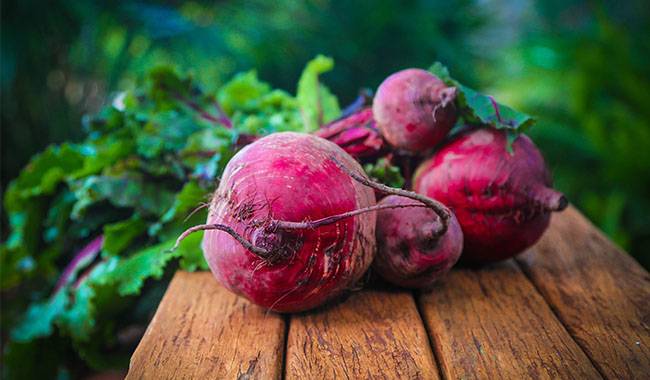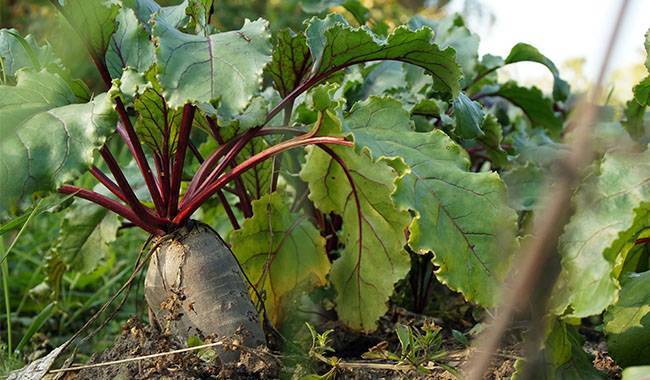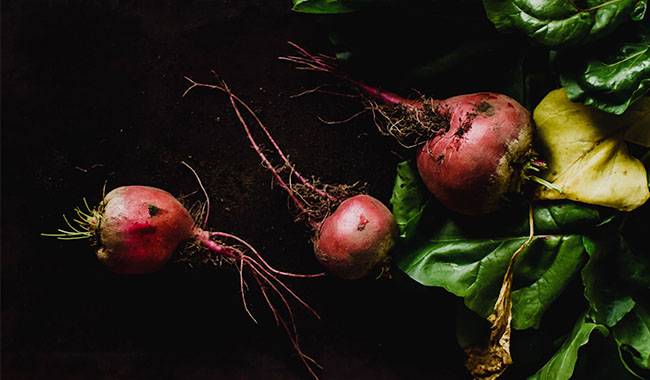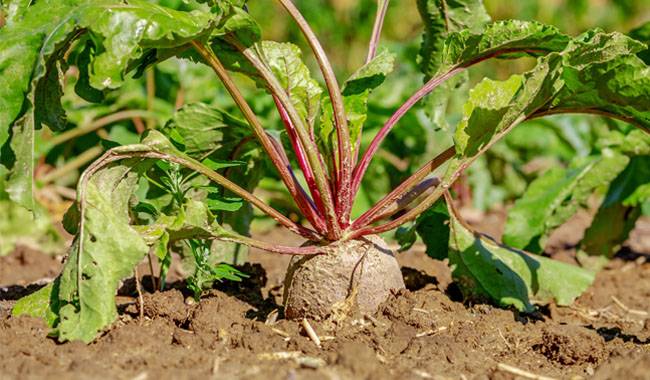
Once the Beetroots crop is finally harvested, there is another problem. How to preserve the dug-up roots for as long as possible if the storage conditions are good enough for the whole winter.
We will talk in as much detail as possible about how to collect Beetroots, how to prepare them for storage, and talk about the common and most reliable methods of storing Beetroots.
It should be known that storage of Beetroots will be successful only if all Beetroots placed in storage are undamaged and removed from the ground at the most appropriate time.
CAUSES OF DETERIORATION OF BEETROOTS IN STORAGE
Sometimes the roots of Beetroots start to rot during storage. Why does this happen? The most common causes of root rot of Beetroots in storage are – its deliberate placement of spoiled Beetroots in storage, strong temperature fluctuations in storage, humidity exceeding 90%, and general improper technique in storing Beetroots.
To avoid all this, you need to properly conduct all stages from digging up Beetroots to putting them in storage: do not damage Beetroots under any circumstances, do not shake off the soil from them by hitting them against each other or the soil surface, do not throw them away, prevent temperature and humidity changes in storage, prevent the formation of condensation, freezing of Beetroots, etc.
If there is a lack of moisture, you can bring a bucket or arrange a basin and fill it with water in the storage room. If there is too much moisture, you can place containers of salt or try to ventilate the room.
HARVESTING RULES BEFORE PUTTING BEETROOTS INTO STORAGE
Timely harvesting of root crops is the primary condition for their long-term preservation. Of course, the weather can make significant adjustments to the time of harvesting Beetroots: it may rain and the soil becomes wet and sticky, then do not rush and you should wait for the best conditions – a warm day with no precipitation.
Before harvesting Beetroots, check their stems and once they start to change color towards yellowing and start to wilt, you can start harvesting Beetroots.
As for the calendar date for harvesting Beetroots, it largely depends on the region where the vegetables are grown and the variety, as there are early, medium, and late varieties.
If you live in the middle of the United States and grow early maturing varieties, then you can remove them about 50-80 days after germination – usually, in early August, medium varieties are usually harvested 80-100 days after germination – late August/early September, and late-maturing varieties are harvested 100-135 days after germination, which is between September and October.
Beetroots roots should be dug up before the first frost, as even temperatures around 32°F (0°C) can damage Beetroots roots, making them even less conducive to storage, and if they freeze, you won’t be able to save the crop at all.
The ideal time to harvest Beetroots is on a clear, sunny day when the soil is not too watery, not sticky, but very crumbly and easily broken immediately after removing the root crop from the soil.
Watering should definitely be stopped about 20 days before digging. Digging out Beetroots roots is best done with a fork, but you can also use a spade to gently dig them out without causing even the slightest damage to the Beetroots roots.
After digging out the roots, the traction should be cut off, leaving a petiole about 0.4inch (1cm) long. The soil should be shaken off or gently scraped off with soft gloves. The soil should not be washed off, as many do, as this will greatly shorten the shelf life of Beetroots roots and lead to rot during storage.
Before putting Beetroots roots into storage, they need to be sorted immediately, large ones on one side and small ones on the other, making sure to check them for the presence of rot, the latter being unacceptable – such roots should be allowed to be processed to remove rotten lesions, and thrown away if the rot affects most of the roots.
Do not forget that larger Beetroots roots tend to be stored less than smaller ones, and that smaller Beetroots roots may start to dry out, so different sizes of Beetroots roots should be stored separately.
After removing the traction, Beetroots roots should be dried out. In good weather, this can be done directly on the bed by placing a regular potato sack under the roots and laying the roots in a layer so that they do not touch each other.
You can dry the Beetroots for six hours, three hours on one side, then turn them over and let the root vegetables lie for another three hours.
By the way, drying root crops can be done after trimming the tracts and before they are removed, which is no problem, but usually trimming the tracts first and then drying the root crops so that they can be put into storage without delay after drying.
A second, more thorough inspection of Beetroots roots is advisable before they are dried and put into storage. Sometimes damage to freshly dug root crops is missed, and the soil usually lags completely behind the root crop after sun drying, when undetected early damage can be seen.
Such Beetroots roots should be reworked, or put away and checked more often in the future, as damaged Beetroots roots deteriorate more quickly.
METHODS OF STORING BEETROOTS ROOTS
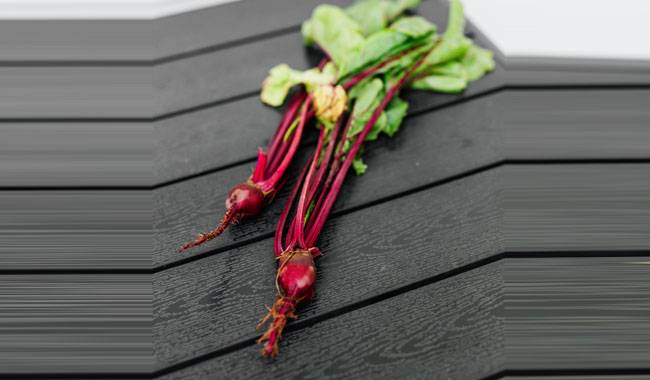
Beetroots can be placed in permanent storage – throughout the winter – or in temporary storage – when the necessary amount of Beetroots will be taken periodically. it should be remembered that if the temperature in the storage room rises above a high temperature of 44°F (7°C), the roots may start to grow.
The best storage conditions for Beetroots are temperatures above 28-30°F (-2 to -1°C) and humidity of about 90%, and these conditions apply to all methods of storing Beetroots.
The most common way to store Beetroots is in the basement, directly on top of potatoes, which usually have much more winter reserves than Beetroots. In this case, the Beetroots can be stacked in several layers, thus covering the potatoes.
This type of storage is particularly suitable for basements, where the humidity is low, and then the Beetroots can last longer, due to the fact that the potatoes give some of their moisture to the Beetroots.
An equally popular method of storing Beetroots is in river sand or sawdust. For this, you will need boxes with tight walls, with a capacity of no more than twenty kilograms, no more.
Boxes should not be placed directly on the floor of the basement, it is better to place them on a small elevation, for example, on a flat brick. At the bottom of the box should be poured a layer of river sand or sawdust, then lay a layer of root crops, again pour a layer of sand or sawdust, and so on to the top. It is acceptable for the sand or sawdust to be a little wet.
Very often, Beetroots are stored in ordinary polyethylene bags that can hold ten kilograms or a little more of root crops. Once the root crops are placed in the bags, they should be tied tightly.
The bags do not accumulate moisture, which would spoil the Beetroots. Holes are punched in the bags through which excess condensation will escape Future revisions should be made and if condensation is found inside the bag, it should be completely untied to remove the accumulated moisture.
For long-term storage, usually designed for the entire winter season, Beetroots can be stored in bunches on the plot they are growing on. This is usually done by digging a hole about 20inch (0.5m) deep and stacking the roots in a pyramid, usually about 40inch (1m) high.
After laying, the roots are covered with straw for another 40inch (1m) and brush or spruce branches are placed on top of them so that the straw will not be blown around by the wind. Once the weather gets cold, the soil should be poured over it to make it level so that there are no cracks.
Sometimes Beetroots are sprinkled with chalk before being stored in bunches. The consumption of chalk is usually about 150-250 grams per ten kilograms of the root crop.
If there is no cellar available to you and you do not intend to stack Beetroots due to winter use, it is acceptable to store them on a cold balcony or terrace where the temperature will not drop below 34°F (1°C) heat even in a severe frost.
For insurance and extra insulation, the inside of the wooden box can be lined with thin foam 0.4inch (1cm) thick. Next, a layer of river sand or sawdust should be placed at the bottom of the box and Beetroots roots should be placed in a separate layer from them.
This method of preservation can be used as a last resort – it does not guarantee long-term preservation of Beetroots, as it is difficult to maintain optimal temperature for a long time on the balcony.
For maximum long-term storage, we recommend using good varieties.
We talked about the ways of proper storage of Beetroots. We hope they will help you to preserve your Beetroots crop until spring and enjoy fresh root vegetables throughout the winter.




